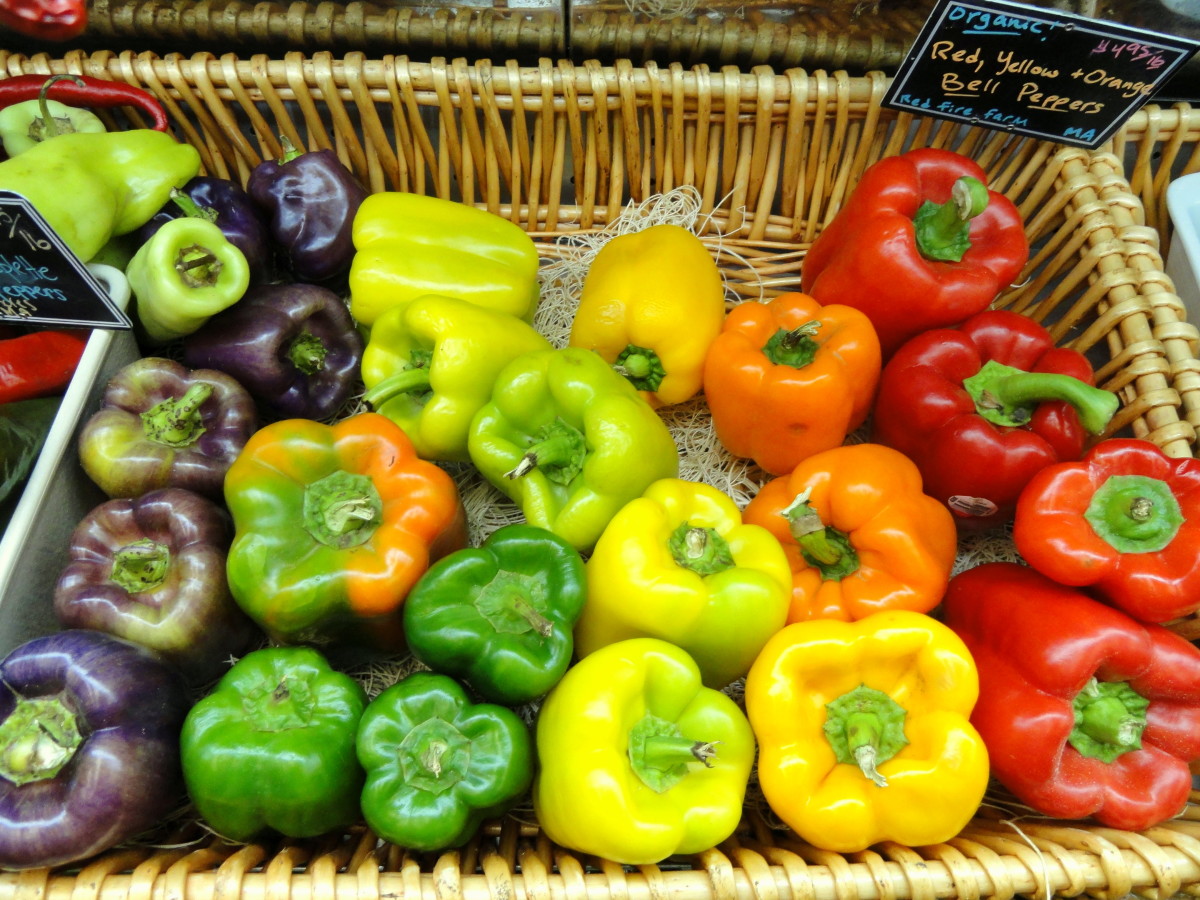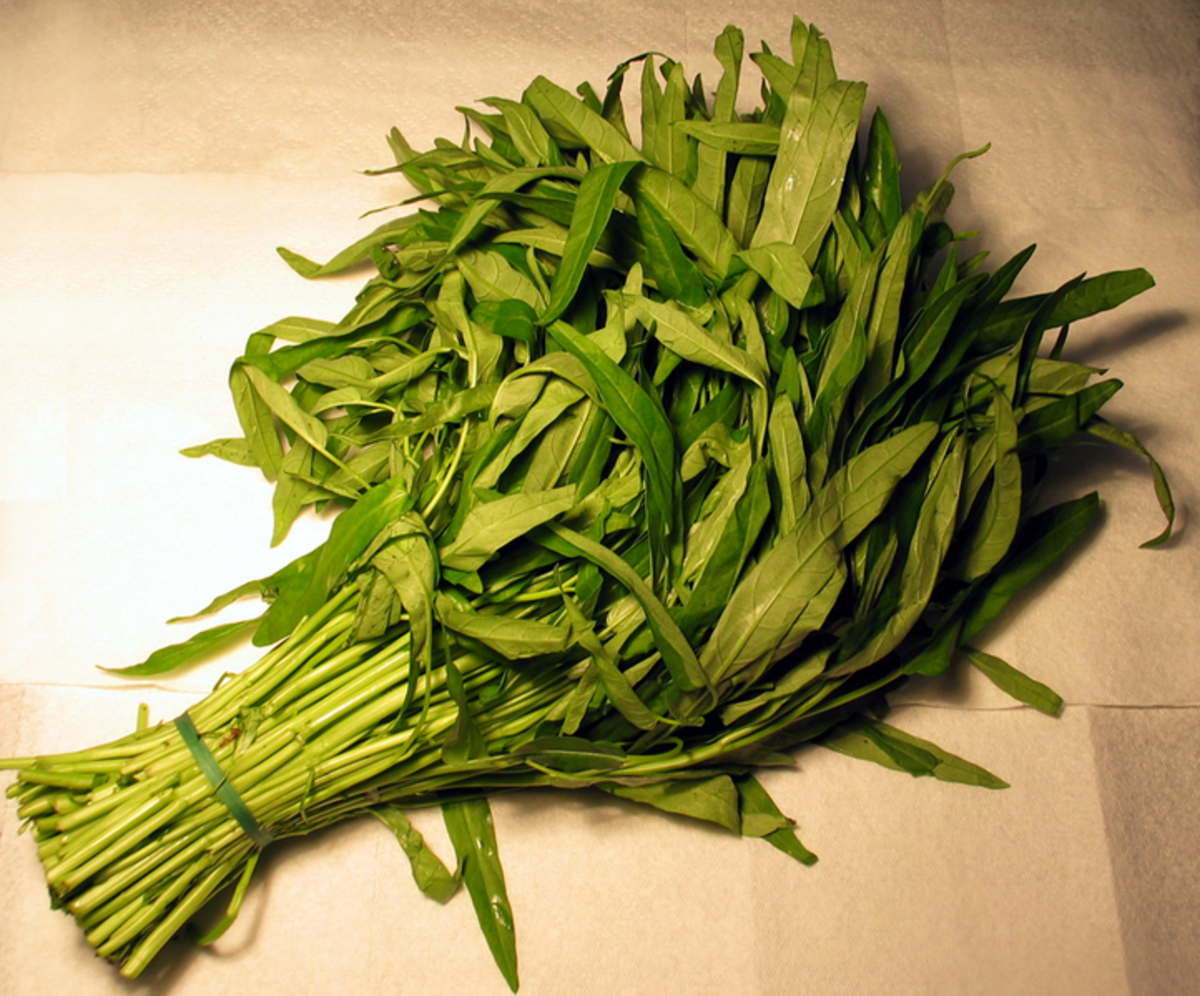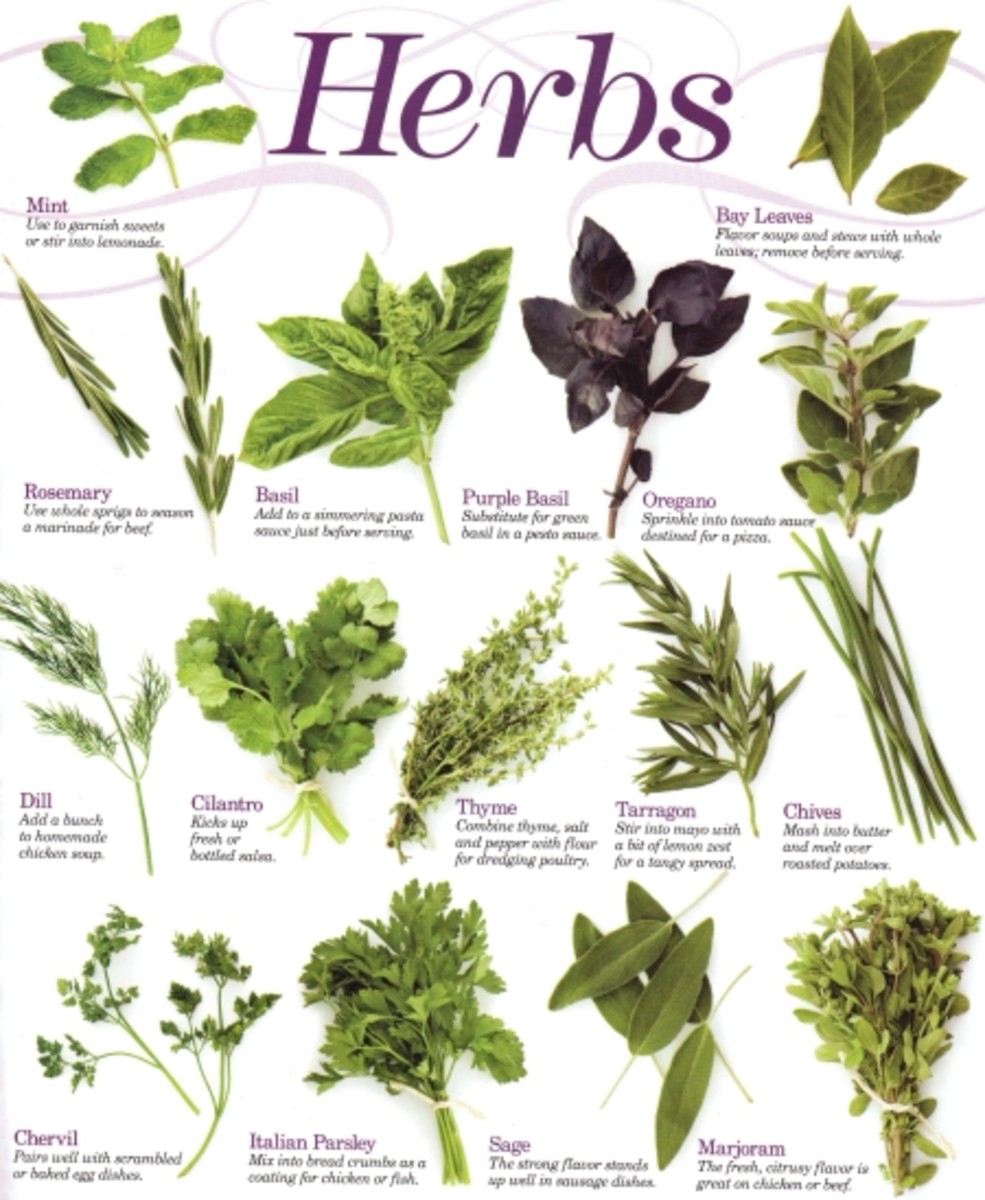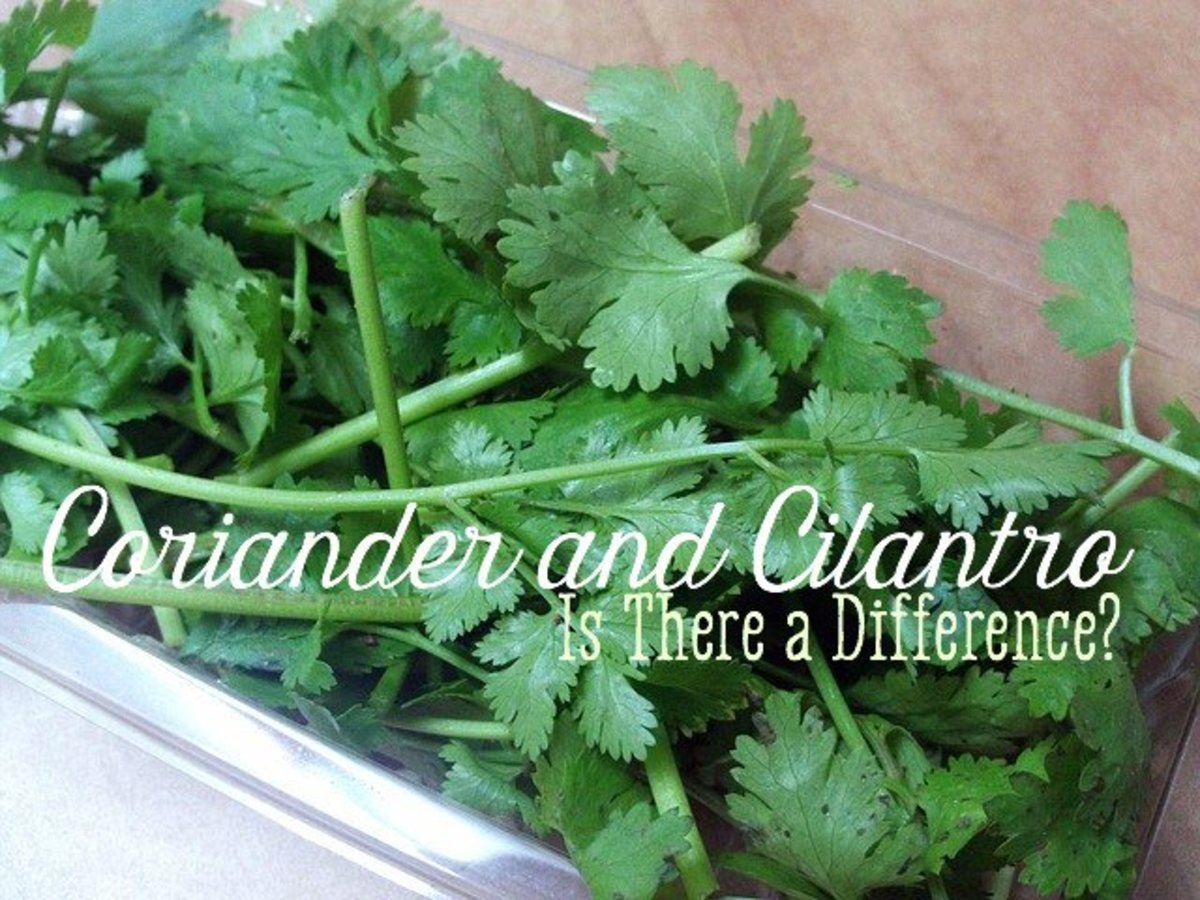Spices- the Soul of Indian Kitchen

Spices are the soul of Indian kitchen. It is essential in Indian food. We cannot imagine our food without spices. When you enter any Indian kitchen you breathe the flavors of spices.Traditionally they are kept in one container. It is called (Masala Dani) or (Masale ka dibba) means the container of spices. In modern kitchens spices are stored in separate bottles. spices are full of flavors and health benefits. we should be careful about the quantity of spices while using them. it differs from person to person. We use them according to our taste and choice of flavor.
The list of spices we commonly used:

1: Turmeric
Indian Name: Haldi
Cultivation: India, Thailand, Southeast Asian countries, Central and Latin America and Taiwan.
Taste: Warm and bitter
Flavor: Earthy
Nutrition Value:
They are rich in manganese, fiber, protein, phosphorus, potassium, carbohydrate
Usage:
1. Food: It is used to add color and warm flavor.
2. Health benefits:
- To boost immunity
- Healing wounds
- Curing Diabetes
- Helps in Digestion

Red Chili
Indian Name: Lal Mirch
Cultivation: India, China, USA, Turkey, Mexico, Spain and Indonesia.
Taste: Spicy
Flavor: Hot
Nutrition Value:
They are rich in Calcium, Vitamin B-6, magnesium, Vitamin A, Vitamin C
Usage:
1. Both whole and in ground powder form
2. Food:
- To add spice and deep red color
3. Health Benefitis:
- It keeps eyes healthy
- It maintains blood pressure level
- It helps in digestion
- It helps in formulation of the new red blood cell

Coriander Seeds
Indian Name: Dhania powder
Cultivation: India, Bulgaria, Russia, Romania, Iran, Morocco, Russia, Canada and Australia
Taste: Lemony citrus
Flavor: Warm and nutty
Nutrition Value:
They are rich in Calcium, manganese,magnesium, iron, zinc, copper and Vitamin C
Usage:
1. Both whole and in ground powder form
2. Food:
- It adds a mild flavor
3. Health Benefits:
- It helps in digestive system
- It is useful in headache, muscle pain and arthritis

Cumin Seeds
Indian Name: Jeera
Cultivation: India, China and Mexico
Taste: Sweet and bitter
Flavor: Warm, earthy and nutty
Nutrition Value:
They are rich in Calcium, iron, magnesium, Vitamin A, Vitamin B-6, Vitamin C and Vitamin D
Usage:
1. Both whole and in ground powder form
2. Food:
- To add earthy and warm taste
3. Health Benefits:
- It is good for digestion
- it is a rich source of iron
- It may help to improve blood cholesterol

Asafoetida
Indian Name: Hing powder
Cultivation: Iran, Turkey and Afghanistan
Taste: Savory
Flavor: Pungent and smooth
Nutrition Value:
They are rich in Calcium, iron, phosphorous, carbohydrate, fiber and protein
Usage:
1. Food:
- To add flavor
2. Health Benefits:
- It helps in reduce stomach ache
- It is useful in headaches
- It helps in insects bites

Fenugreek Seeds
Indian Name: Methi Dana
Cultivation: India, Morocco, Egypt, Ethiopia and Turkey
Taste: Bitter
Flavor: Sweet and nutty
Nutrition Value:
They are rich in Calcium, manganese, iron, magnesium, Vitamin C and potassium
Usage:
1. Food:
- It gives a sweetness and deep flavor
2. Health Benefits:
- It helps in lowering blood sugar levels
- It helps in reducing cholesterol levels
- It is used to reduce hair fall

Musturd Seeds
Indian Name: Rai, Sarso
Cultivation: Canada, Nepal, Myanmar, Ukraine, Russia, China, Czech Republic and the United States
Taste: Spicy
Flavor: Hot, sharp and bitter
Nutrition Value:
They are rich in Calcium, manganese, omega 3 fatty acids, iron, zinc and protein
Usage:
1. Both as whole and ground powder form
2. Food:
- These seeds are used in tempering different dishes and pickling
3. Health Benefits:
- It helps in lowering blood pressure
- It helps in Asthma attacks
- It helps in arthritis
- It has blood circulation improving propertie

Clove
Indian Name: Long
Cultivation: Madagascar, Tanzania, Indonesia, Zanzibar, India and Sri Lanka
Taste: Warm and hot
Flavor: Strong and spicy
Nutrition Value:
They are rich in Calcium, manganese, iron and Vitamin-k, magnesium, sodium, zinc, copper and phosphorus
Usage:
1. Food:
- To add intense flavor
2. Health Benefits:
- It is used for oral health
- It is useful in tooth ache
- It kills bacteria
- It helps in reducing stomach ulcers
- It helps in regulating blood sugar

Cinnamon
Indian Name: Dalchini
Cultivation: Sri Lanka, India, Myanmar, Brazil, the Caribbean, China, Vietnam and Indonesia
Taste: Sweet, hot and aromatic
Flavor: Woody
Nutrition Value:
They are rich in Calcium, magnesium, iron, Vitamin A, Vitamin B-6, Vitamin C
Usage:
1. Both as whole and in ground powder form
2. Food:
- To add flavor in sweet, savory and baked dishes
3. Health Benefits
- It may reduce the risk of heart disease
- Antioxidants
- It lowers blood sugar level

Cardamom
Indian Name: Elaichi
Cultivation: Guatemala, India, Cambodia, Laos, Vietnam, Sri Lanka and Tanzania
Taste: Minty and spicy
Flavor: Highly fragrant
Nutrition Value:
They are rich in Calcium, magnesium, iron, Vitamin-C and Vitamin-B-6
Usage:
1. Both as whole and ground powder form
2. Food:
- To add flavor and taste in sweet, savory dishes and is also used in tea and Turkish coffee
3. Health Benefits
- It helps in digestion problems
- It treats bad breath and cavities
- It treats infections

Black Pepper
Indian Name: Kali mirch
Cultivation: Vietnam, Indonesia, India, Brazil and China,
Taste: Pungent and hot
Flavor: Woody and piney
Nutrition Value:
They are rich in Calcium, manganese, magnesium, iron, copper, Vitamin-C, Vitamin-K and potassium
Usage:
1. Both as whole and ground powder form
2. Food:
- To add flavor and spice
3. Health Benefits:
- It helps in digestion
- It helps in curing cold and cough
- It helps in weight loss
This content is accurate and true to the best of the author’s knowledge and is not meant to substitute for formal and individualized advice from a qualified professional.
© 2020 thoughtsprocess










